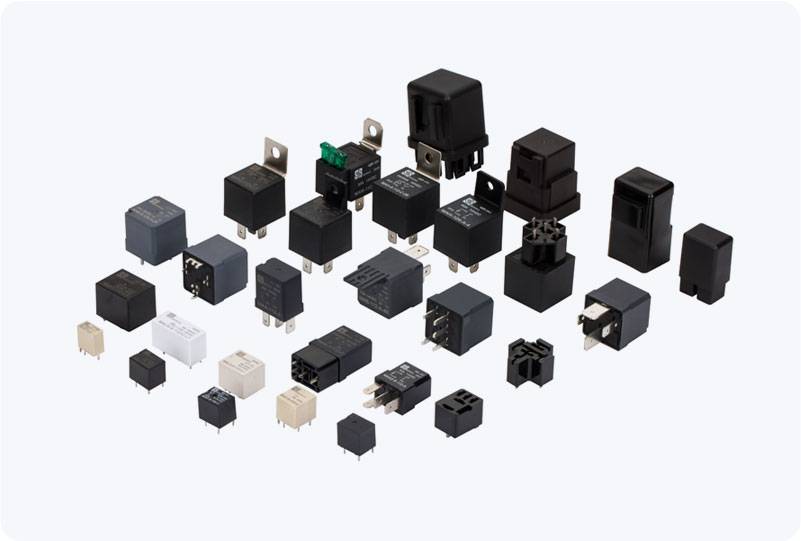power relay: essential component for high-power circuit control
Release time:2025-08-28 02:07:39
A Power Relay is a crucial electrical component used to control high-power circuits with low-power signals. As a type of switch, it operates by receiving a small control current that triggers the relay to either open or close a circuit with a larger current. This technology is widely utilized in industrial systems, automation, and household appliances, making it an integral part of modern electrical systems. In this article, we will explore the basic working principle of Power Relays, their various types, and their applications in different fields.

Understanding Power Relays
A Power Relay works based on electromagnetic principles. The relay contains a coil, and when a small control voltage is applied to it, the coil generates a magnetic field. This field activates the relay’s internal components, such as a movable armature, which in turn opens or closes the relay's contacts. By this method, a low-power signal can control the switching of high-power circuits, ensuring safe and efficient operation.
Power Relays are typically composed of two main parts: the electromagnet and the contacts. The electromagnet, or coil, is energized by a low-voltage signal, creating a magnetic force that moves the contacts. The contacts are either normally open (NO) or normally closed (NC), and their position determines whether the circuit is open or closed.

